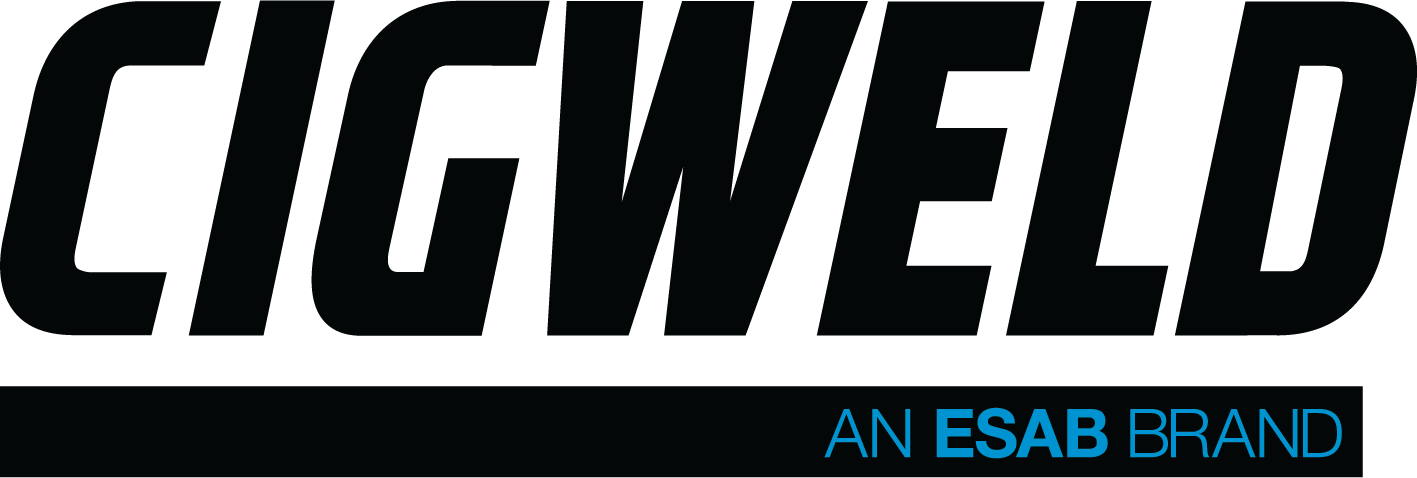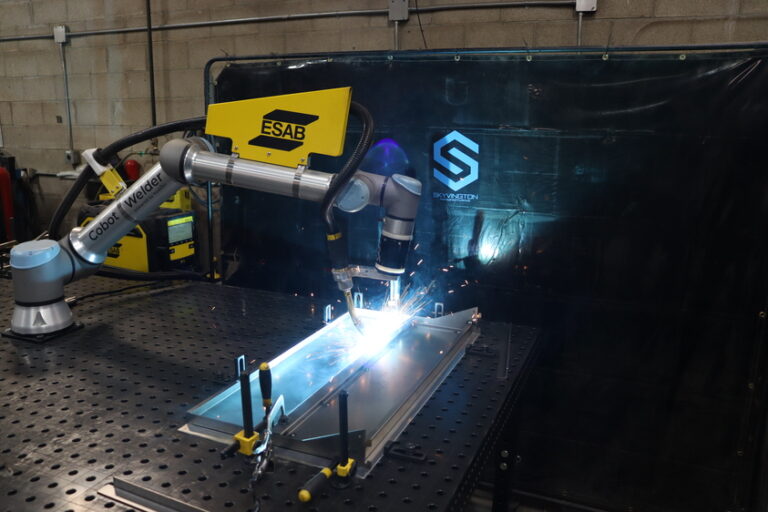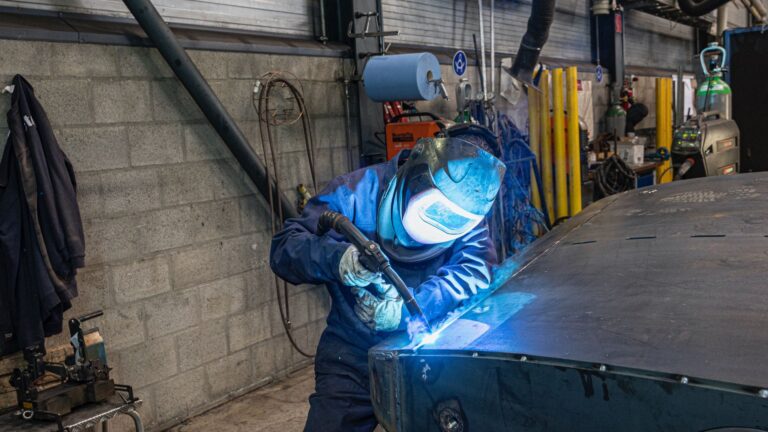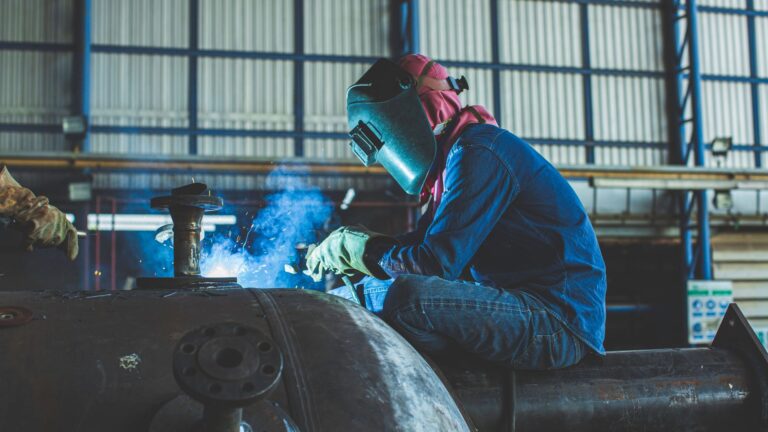Essential Welding Safety Guide: From Workshop to Home Projects
Whether you’re working in a professional setting or tackling DIY projects, understanding and implementing proper welding safety tips is crucial for protecting yourself and those around you. At Cigweld, your safety is our top priority. Let’s dive into essential safety practices that we think every welder should know.
The Foundation of Safe Welding Practices
Before striking an arc, it’s vital to understand that welding safety begins with proper preparation. Workshop safety tips start with creating a clean, organised workspace free from flammable materials. Whether you’re in an industrial facility or focusing on garage welding safety, these fundamental principles remain the same.
Essential Welding Safety Equipment
Eye & Face Protection
Your eyes and face need maximum protection from arc radiation and spatter. An arc is not just a very bright light; it’s actually electromagnetic energy that can cause photokeratitis — essentially sunburn of the eye. A quality welding helmet safety system is non-negotiable. Modern auto-darkening helmets with appropriate welding lenses provide superior protection while improving visibility and comfort. Always wear welding safety glasses under your helmet for additional protection when grinding or performing other related tasks.
Hand & Body Protection
Quality welding gloves provide protection from heat, sparks, and UV radiation. Our range of ESAB welding gloves features options with premium cow-grain leather and Kevlar stitching for superior protection and durability.
While your hands are a welder’s most important tool, you should also protect your whole body from UV and sparks. Proper welding protective clothing should include:
- Fire-resistant long-sleeve jacket or coat
- Heavy-duty, cuff-less trousers
- Steel-toed boots
- Flame-resistant gauntlet gloves
- Hearing protection for high-noise environments
Failure to protect your hands and body from the welding arc can result in burns — ranging from light sunburn-like discomfort to 2nd and 3rd-degree burns from molten metal. Don’t forget, there’s also the possibility of injury from slicing, cutting and tearing, as with any mechanical process.
Essential Welding PPE Checklist
We’ve spent some time talking about safe welding practices, what kinds of welding protection you should be wearing, and why. To make things even simpler, we’ve collated these tips into one checklist. Before starting any welding project, ensure you have:
- Auto-darkening welding helmet with appropriate shade settings
- Safety glasses with side shields
- Flame-resistant clothing covering all exposed skin
- Heavy-duty welding gloves
- Steel-toed safety boots
- Respirator when working with galvanized materials or in confined spaces
- Hearing protection when working in noisy environments
Creating a Safe Workspace
Welding workspace safety is crucial whether you’re in an industrial setting or working from home. For industrial welding safety, ensure:
- Proper ventilation systems are in place
- Fire extinguishers are readily accessible
- First aid kits are fully stocked and easily reached
- Emergency procedures are clearly posted
- Work areas are clean and free from tripping hazards
Home Welding Safety Considerations
When setting up for home welding safety, implement these workshop safety tips:
- Designate a specific area in your workshop for welding, away from flammable materials
- Install proper ventilation
- Keep a Class C fire extinguisher within reach (usually a dry chemical powder extinguisher)
- Use welding curtains or screens to protect others
- Store equipment and materials safely when not in use
- Make sure family members know not to enter the workshop while you’re welding
Special Considerations for Different Environments
Industrial Settings
Industrial welding safety requires additional considerations:
- Follow all workplace safety protocols
- Be aware of others working nearby
- Know emergency procedures and exit routes
- Maintain proper documentation of safety checks
- Regular equipment inspections
Home Workshop
For safe home projects, remember:
- Never weld alone
- Keep a phone nearby for emergencies
- Ensure proper electrical grounding
- Store gas cylinders properly
- Keep your workspace clean and organised
Maintaining Your Safety Equipment
Regular maintenance of your welding safety equipment is crucial:
- Clean your helmet’s lens daily
- Inspect gloves for holes or wear
- Check all cables and connections before use
- Replace damaged PPE immediately
- Keep spare lenses and consumables on hand
The Know-How You Need
Remember, proper safety might start with high-quality PPE, but it isn’t just about having the right equipment — it’s about developing good habits and maintaining awareness. Whether you’re a professional welder or a DIY enthusiast, these welding safety tips will help protect you and those around you.
For more information about our range of safety equipment or specific guidance for your welding projects, contact our helpful team of experts at 1300 654 674, email us on enquiries@cigweld.com.au, or visit your local Cigweld distributor.
Stay safe, and happy welding!







